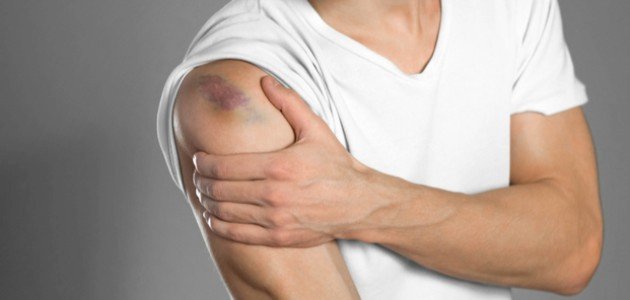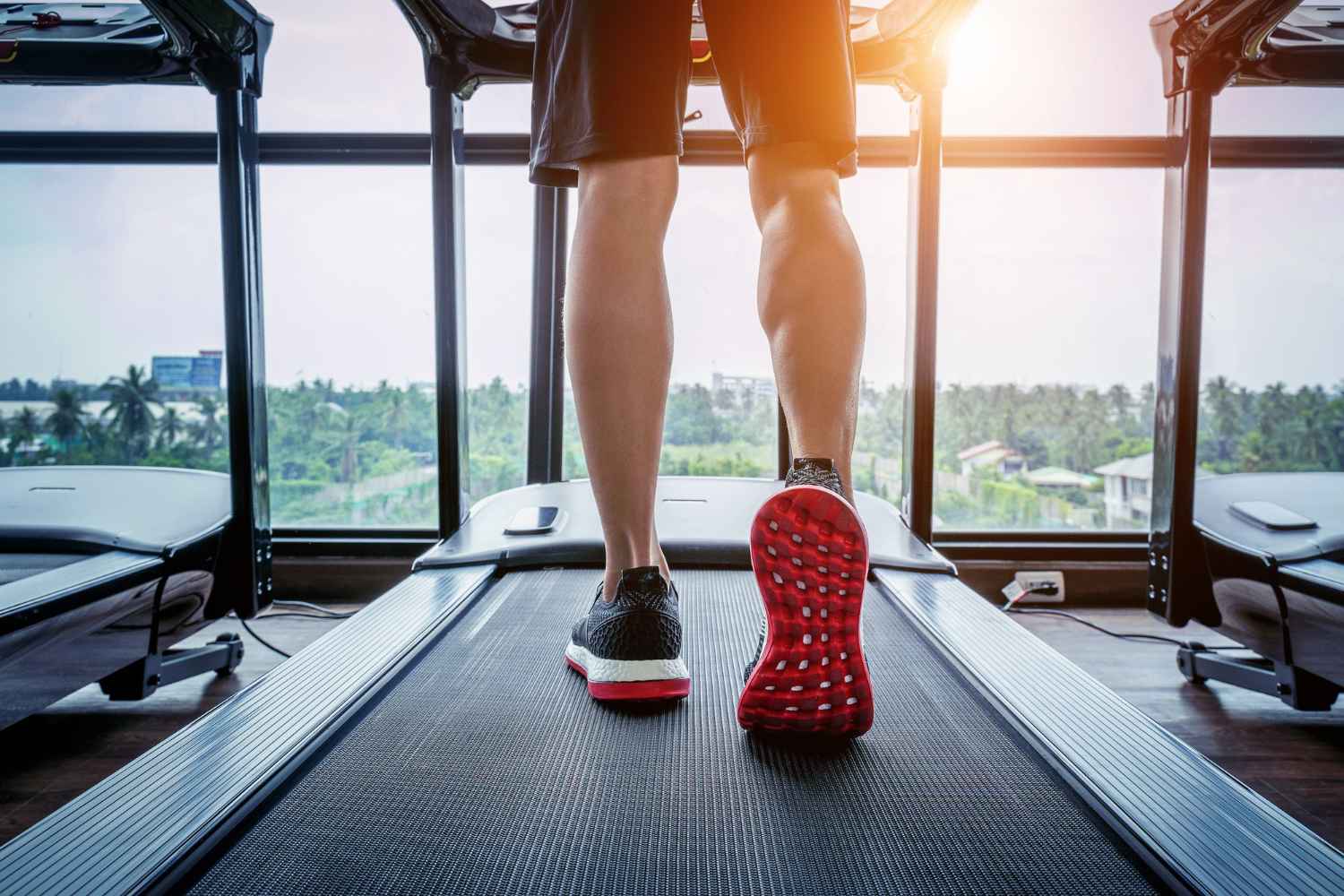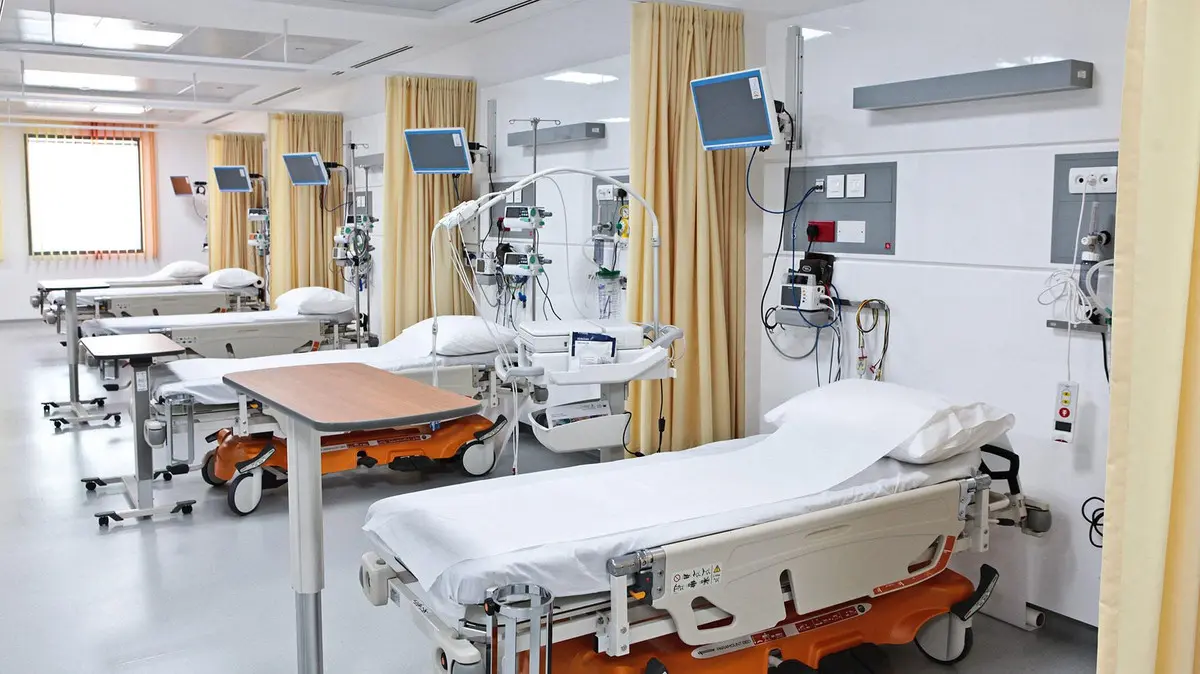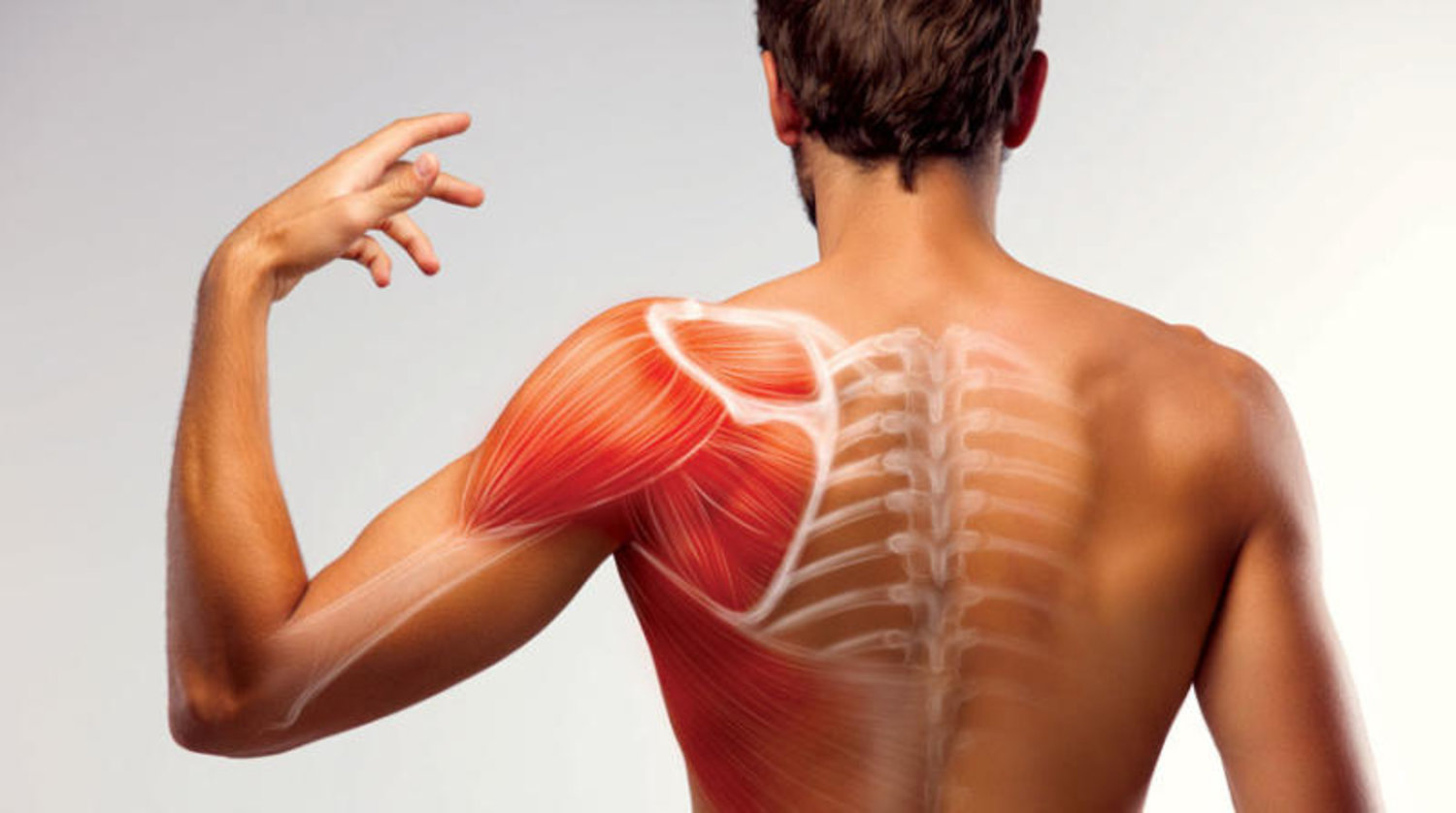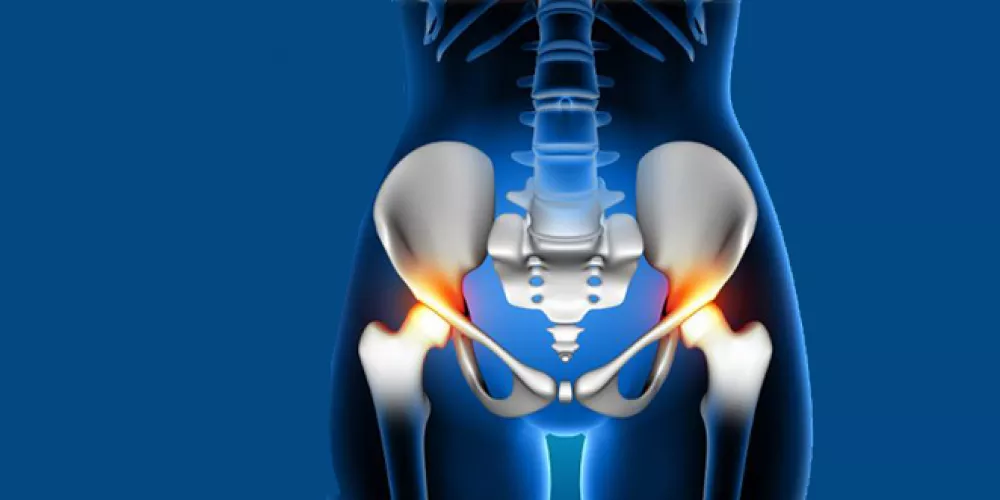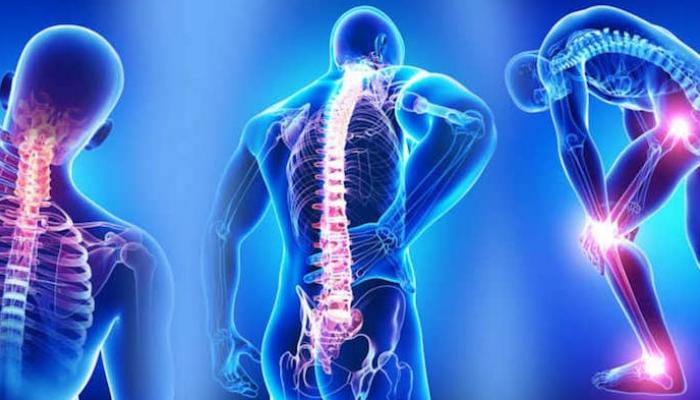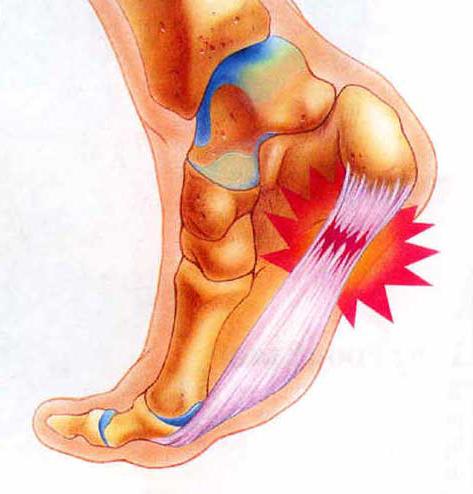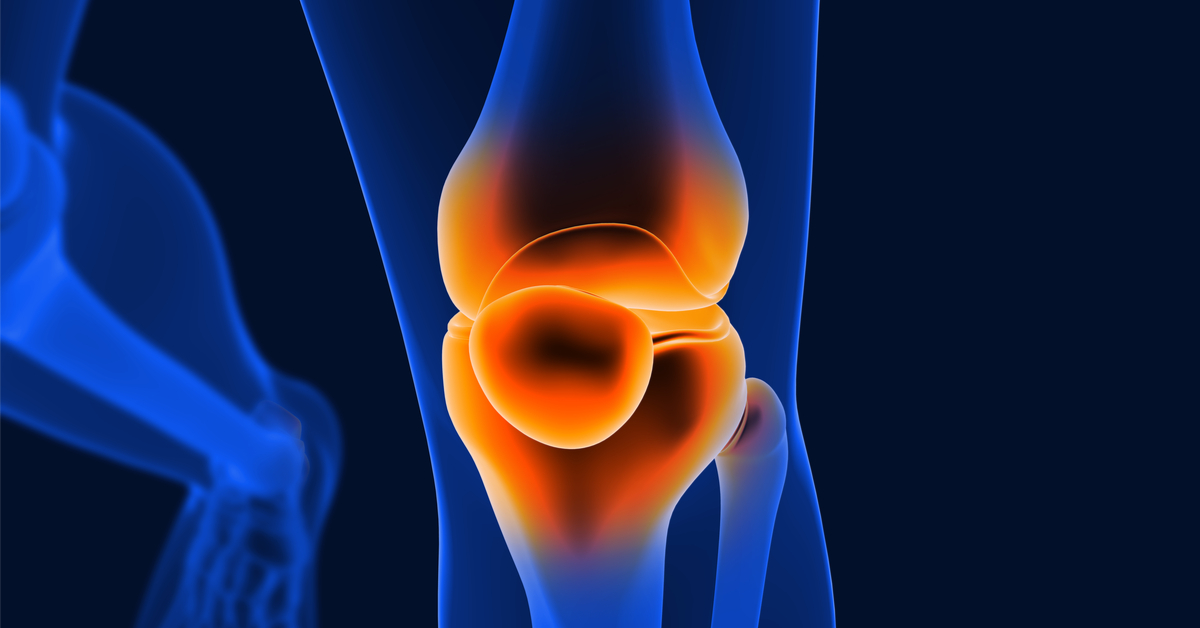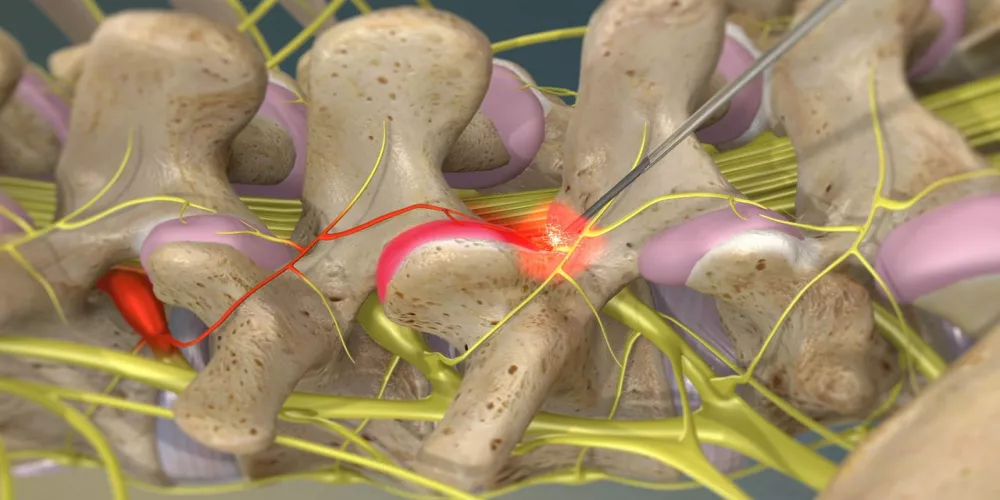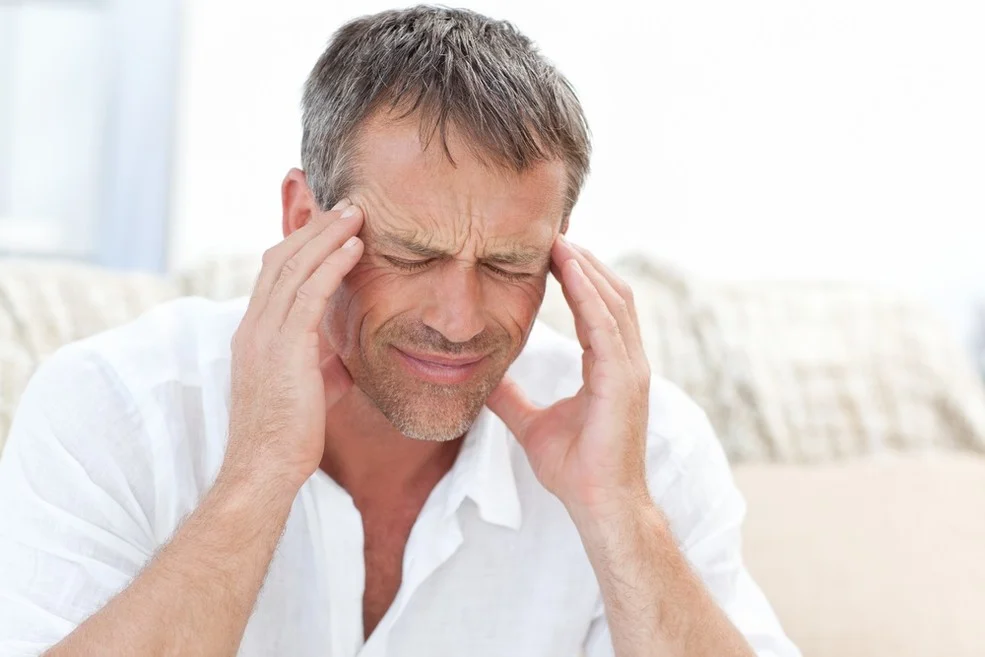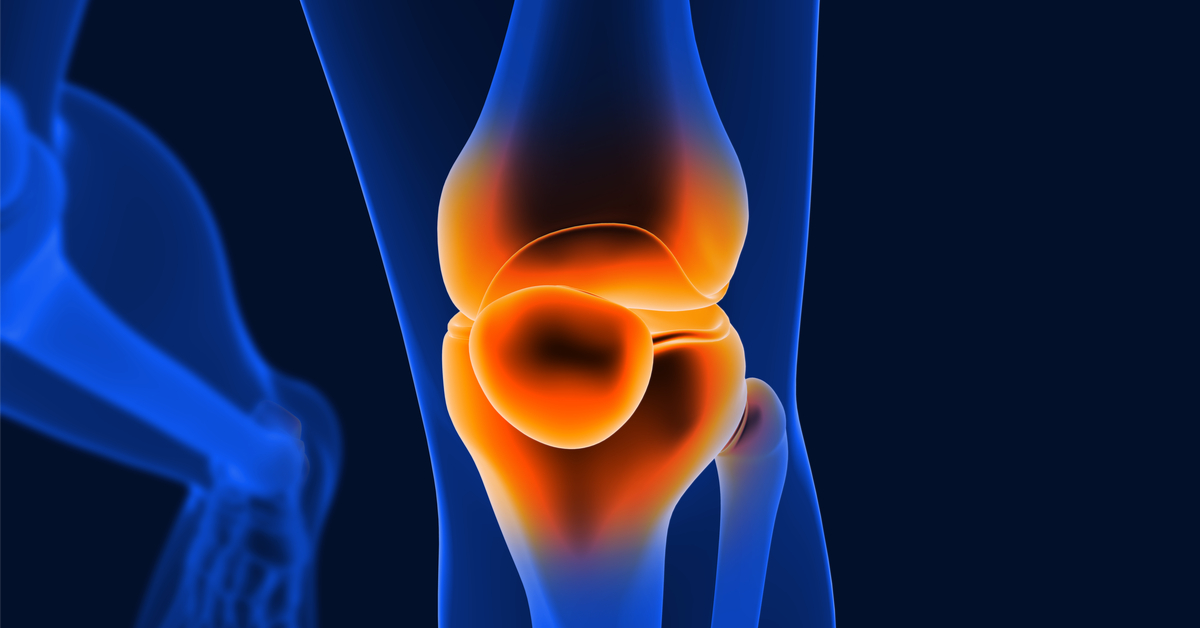Learn About Herniated Discs in Women and the Difference Between Herniated Disc and Sciatica
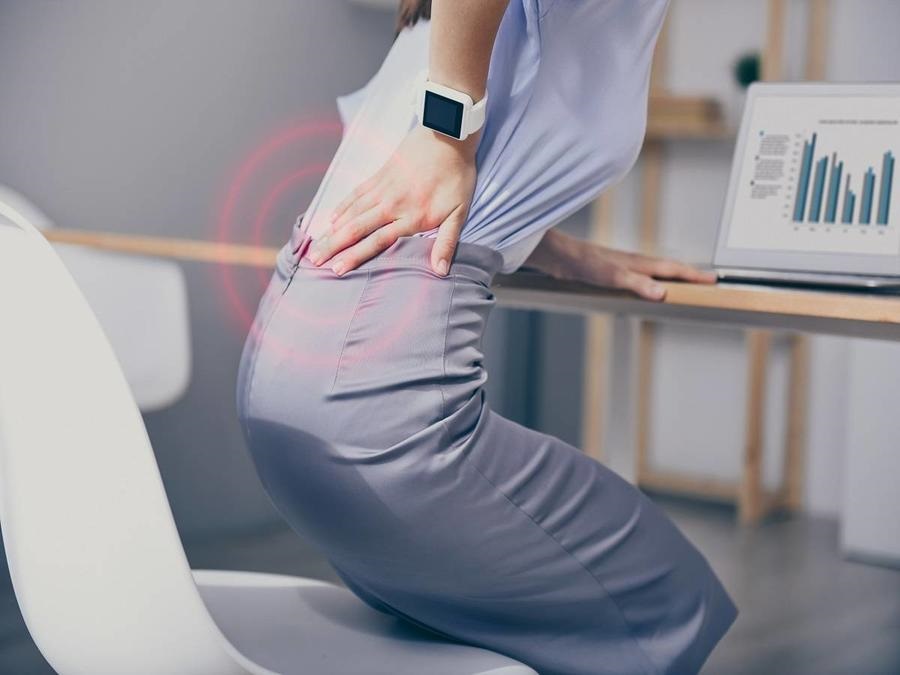
Herniated Disc in Women
Many women experience the issue of a herniated disc, a condition where the spinal disc protrudes between the vertebrae of the spine. Here, we will take a look at essential information about this condition:
Causes: Some of the common causes that expose women to herniated discs include:
- Pregnancy: Increased weight during pregnancy can lead to extra pressure on the spine, thus raising the risk of a herniated disc.
- Obesity: Excess weight increases the pressure on the spine and elevates the likelihood of a herniated disc.
- Genetic Factors: Some women have a genetic predisposition to herniated discs.
- Previous Back Injuries: Injuries affecting the spine can increase the risk of a herniated disc.
Symptoms: The symptoms that may arise due to a herniated disc can vary and include:
- Pain: Affected women may experience pain in the back, legs, or hips, and this pain may worsen when sitting for extended periods or making sudden movements.
- Muscle Tightness: Muscle tension in the area surrounding the affected region can cause stiffness and limited mobility.
Diagnosis: To diagnose a herniated disc, the following tests and examinations can be conducted:
- X-rays: These help detect any changes in the structure of the spine.
- CT Scan: Provides detailed images of the tissues between the vertebrae.
- MRI (Magnetic Resonance Imaging): Aids in visualizing fine details of soft tissues and determining the size and location of the herniated disc.
Treatment Options:
Herniated disc cases in women can be treated through the following methods:
- Conservative Treatment: Involves the use of pain-relieving and anti-inflammatory medications, along with massage and the application of hot or cold packs to alleviate pain.
- Physical Therapy: Includes exercises to strengthen the muscles around the spine and improve flexibility.
- Interventional Treatment: Involves injections of steroids or platelet-rich plasma to reduce pain.
How Do I Know If I Have a Herniated Disc?
How do you know if you have a herniated disc? Here are some symptoms that can help you identify if you have a herniated disc:
- Pain in the Arms and Legs: Affected individuals may experience sharp pain in the arms and legs due to direct nerve compression caused by the herniated disc.
- Pain in the Lower Back, Hip, and Leg Area: Individuals may complain of pain in the lower back that extends to the hip and leg. This is considered one of the signs of a herniated disc.
- Pain When Coughing: Individuals may feel acute back pain when coughing or straining, which may indicate the presence of a herniated disc in the back area.
- Weakness or Numbness in the Arms and Legs: Individuals may experience muscle weakness or numbness in the arms and legs due to pressure from the herniated disc on the nerves.
- Difficulty Controlling the Bladder and Bowels: A herniated disc can narrow the nerve pathways responsible for controlling bladder and bowel functions, leading to difficulty in controlling them.
- Grip Weakness: Some individuals may notice a decrease in grip strength, which may be attributed to the impact of the herniated disc on the nerves that supply the hand muscles.
- Tingling or Pins and Needles Sensation in Limbs: It is possible for affected individuals to report a tingling or pins and needles sensation in their limbs, such as their hands or feet, resulting from the pressure of the herniated disc on the nerves.
- Difficulty in Movement and Endurance: Affected individuals may find it challenging to perform simple daily movements or endure long periods due to pain and pressure associated with the herniated disc.
If you experience any of these symptoms, it is essential to consult a specialist immediately for an evaluation and appropriate treatment consultation. Doctors may need to conduct additional tests, such as magnetic resonance imaging (MRI), to confirm your diagnosis and develop an appropriate treatment plan.
How to Treat a Herniated Disc at Home?
Herniated discs in the lower spine are a common issue faced by many people. It’s essential to take some measures at home to alleviate the pain associated with this condition and reduce its impact on our lives. In this article, we will discuss some ways to treat a herniated disc in the lower spine at home.
- Apply Cold and Hot Compresses: Placing cold or warm compresses on the affected area is an effective method to relieve the pain and swelling associated with this condition. Start by applying an ice pack or a warm towel to the affected area for a few minutes, then alternate between them according to your preference.
- Engage in Appropriate Physical Exercises: Engaging in suitable physical exercises and activities for your condition is one of the best ways to treat a herniated disc in the lower spine at home. This can help strengthen your back muscles and improve their condition. Consult a specialist before starting any new physical activity to ensure it is appropriate for you.
- Utilize Traction Techniques: Back traction can be used as a method to alleviate the pressure on the nerves. Follow the guidance of a qualified medical therapist before attempting this technique, as they will instruct you on how to use traction techniques correctly and safely.
- Adopt a Healthy Lifestyle: Maintaining a healthy lifestyle plays a crucial role in reducing the impact of a herniated disc in the lower spine. Maintain a proper weight and avoid lifting heavy objects. It is also advisable to avoid positions that put excessive pressure on your back, such as bending at the waist.
- Use Pain-Relieving Medications: Some pain-relieving medications can be used to alleviate the pain of a herniated disc at home. However, it’s essential to consult your doctor or pharmacist specifically to seek advice on the best choice of these medications for your condition, in addition to reading and following the instructions carefully.
Can a Herniated Disc Heal Without Treatment?
A herniated disc does not typically heal without treatment. Here’s what you should do:
Consult a Specialist: Consulting a specialist is a crucial first step in treating a herniated disc. Certified doctors can determine an appropriate treatment plan, which may include medications, physical therapy, and other options tailored to your specific condition.
Non-Surgical Treatment:
Non-surgical treatment is one of the most common methods for treating herniated discs due to its effectiveness in achieving results. This type of treatment involves strengthening the muscles of the back and core and following specific exercises to strengthen and stabilize the back area.
Home Measures:
Some changes in the patient’s lifestyle can contribute to improving their condition and relieving the pain associated with a herniated disc. It is advisable to avoid strenuous movements and activities that put pressure on the spine, such as heavy lifting and jumping.
Massage and Physical Therapy:
Massage and physical therapy are among the treatment methods for herniated discs, as they help relieve tension and improve the flexibility of the muscles surrounding the affected area.
Personal Contribution:
Patients must participate in their healing process by following the guidance and recommendations of specialized doctors. By following specific and continuous treatment methods, the disc can gradually return to its place.
Even in Case of Symptom Improvement:
Patients should be reminded that in the case of temporary symptom improvement, it is essential to continue taking care of themselves to avoid future problems. It is recommended to maintain a healthy lifestyle and engage in necessary exercises to strengthen the muscles and maintain back health.
Consult a Doctor if Symptoms Persist:
If symptoms persist or worsen, it is essential to consult a specialist for a comprehensive examination and additional treatment plans.
What Is the Difference Between a Herniated Disc and Sciatica?
When a person experiences lower back and leg pain, there may be some confusion between the terms “herniated disc” and “sciatica.” In this article, we will highlight the differences between them in terms of definition, causes, and symptoms.
Definition:
Herniated Disc: It occurs due to the pressure on the spinal nerve root in the lower back due to irritation, inflammation, or compression in this area. It often causes severe pain in the lower back and hips.
Sciatica: It is a symptom of problems in the sciatic nerve, where it can result from the compression of nerve roots in the area that extends from the lower back to the buttock and down the leg. It often accompanies sharp, shooting pain along these areas.
Causes
Herniated Disc: Occurs when a disc in the spinal column slips, which can compress nerve roots. This increased pressure on the nerve roots is the primary cause of herniated disc symptoms. Sciatica: It can result from several factors, including: Herniated Disc: The presence of increased pressure on nerve roots in an area that extends from the mid-back to the lower thigh. Infections and Arthritis: Such as joint inflammation and arthritis, among similar conditions. Nerve Root Compression: Resulting from abnormal disc swelling or abnormal spine growth.
Symptoms
Herniated Disc: Typically accompanied by symptoms that may include severe pain in the lower back, hip, and leg, as well as numbness and tingling in the leg. Sciatica: Often accompanied by intense, radiating pain originating in the lower back and severely inflaming the buttocks, hip, thigh, and lower leg until reaching the foot. Numbness and tingling may also be present.
What Are the Exercises to Avoid for a Herniated Disc?
Physical exercises are an essential part of treating and managing herniated disc cases. However, some exercises should be avoided as they can potentially harm individuals with this condition. In this list, we will outline the most important exercises that are prohibited for herniated discs:
- Squats: These exercises are considered harmful for individuals with a herniated disc. During squats, the spine is subjected to significant pressure, which can irritate the disc and worsen herniated disc symptoms.
- Weight Lifting: These exercises place stress on the back muscles and the disc, potentially causing new injuries or worsening the existing condition. Spinal Compression: This exercise may involve placing weights on your shoulders and bending forward. Consequently, it increases pressure on the disc and the likelihood of exacerbating symptoms.
- Running on Asphalt or Hard Surfaces: It is advisable to avoid these exercises because they put excess pressure on the joints and the spine. Instead, it is recommended to exercise on softer surfaces such as dirt or a workout mat.
Avoiding these prohibited exercises for a herniated disc is essential to maintain your health and avoid worsening symptoms. Always remember that consulting a specialized physician may be necessary before starting any new exercise regimen, as the doctor can guide you toward suitable exercises that will contribute to treating your condition and strengthening your back muscles safely.
Does Massage Help with Herniated Disc?
Herniated disc is a common condition that occurs when a portion of the spinal disc, which acts as a cushion between the vertebrae of the spine, slips out of place. While massage cannot cure herniated disc, it can offer some benefits and relief to individuals dealing with this issue.
Benefits of Massage for Herniated Disc:
Increased Blood Circulation: When massaging areas adjacent to the injury, it helps increase blood flow and nourishment to the affected tissues, potentially improving their health and function. Enhanced Muscle Flexibility: The direct effects of massage on the tissues surrounding the injury can lead to increased muscle flexibility and relief from spasms associated with herniated disc. Improved Range of Motion: Massage can contribute to an increased range of motion in the spine and surrounding joints, enhancing freedom and flexibility of movement.
What You Should Know:
Never massage directly over the herniated disc, as this could worsen the condition and health problems. Before undergoing a massage session for herniated disc, it is important to consult with a medical rehabilitation specialist to get their guidance and recommendations on the optimal guidelines and procedures for your treatment. It is crucial not to use massage techniques randomly but rather to employ specialized methods such as localized massage on the areas surrounding the injury.
In conclusion, massage can be part of a comprehensive therapy program for patients with herniated disc. However, consulting with a medical rehabilitation specialist is essential to determine whether massage is suitable and safe for your condition. Utilize diverse therapy programs, and your specialist may suggest advanced techniques like traction and stretching to enhance the effectiveness of massage therapy in cases of herniated disc.
Tips for Those Dealing with Herniated Disc
- Avoid Heavy Lifting: Individuals with a herniated disc should steer clear of heavy lifting that puts pressure on the spine and can lead to inflammation and pain.
- Bend Your Knees When Picking Things Up: When there’s a need to pick something up from the ground, it’s essential not to bend the back but instead use straight legs and a bent joint.
- Use a Supportive Cushion Between Your Thighs While Sitting: Sitting in an upright position with a small cushion placed between your thighs can help reduce pressure on your spine.
- Use a Lumbar Support: A lumbar support cushion can be used in a chair-like setting to decrease the pressure on the spine and alleviate herniated disc pain.
- Get Adequate Sleep: Those dealing with a herniated disc should pay special attention to getting enough quality sleep to help with body recovery and avoid increasing pain levels.
- Stress and Pressure Management: Continuous stress and pressure can worsen herniated disc symptoms. Therefore, stress relief through meditation, reading, or engaging in a favorite hobby may help improve your condition.
- Heat and Cold Therapy: Using localized heat or cold packs may have a temporary positive impact on pain relief and reducing swelling. Hot packs are used to soothe tense muscles and increase blood flow, while cold packs help with reducing swelling and constricting blood vessels.
- Rehabilitation Exercises: It is advisable for individuals with a herniated disc to follow specific rehabilitation programs to strengthen their back, abdominal, and leg muscles. These exercises will improve spinal stability and prevent future injuries.
- Maintain an Optimal Core Strength: Strengthening the core muscles (back and abdomen) is one of the factors that can influence the treatment and pain relief of a herniated disc. Improving the strength of your body’s supporting members contributes to a healthy spine.
- Consult Your Doctor: Before implementing any advice or engaging in any exercises, it is crucial to consult your treating physician to evaluate your condition and provide appropriate guidance for herniated disc issues.
Please note that these tips are for reference only and should not be used without prior medical consultation. The treatment of a herniated disc may vary from person to person based on their health condition and recommendations from treating physicians.
What Should a Herniated Disc Patient Sleep On?
Choosing the right sleeping position is crucial for herniated disc patients, as it can help reduce pain and spinal stress while promoting healing and recovery during sleep. If you’re dealing with a herniated disc issue, here are some proper sleeping positions that may help alleviate back pain:
Sleeping on Your Back:
- Bend your knees slightly and keep them stable on the mattress.
- Place a flat or medium-sized pillow under your knees for support and to relieve pressure.
- Use a contoured pillow to support the lower back area.
Sleeping on Your Side:
- Start by sitting on a contoured pillow and then slightly bend your knees.
- Position a pillow between your knees to ensure stability and provide necessary support.
- Use a small pillow under your head to maintain proper spinal alignment.
Fetal Position Sleeping:
- Bend your knees slightly and bring them toward your chest.
- Close your hands around your knees or place a small pillow between them to maintain stability.
- Use a supportive pillow for your back.
Choosing the appropriate sleeping position may require personal experimentation to find what suits your body best. However, the positions mentioned above are recommended by experts for relieving herniated disc pain. Additionally, it is always advised to consult with your doctor before adopting any sleeping position to ensure your safety and the effectiveness of the treatment.

